
Bird Walk near Similipal, Baripada, Mayurbhanj, Odisha
- Baripada
- 31 August, 2025
- Barun Raj Kisku

About Similipal Biosphere Reserve
Spread across 5,569 sq km in the northern part of Odisha’s Mayurbhanj district, Similipal Biosphere Reserve forms one of India’s richest biodiversity hotspots. Encompassing dense sal forests, sweeping grasslands, and cascading waterfalls, it is anchored by the Similipal Tiger Reserve at its core. Designated a UNESCO Biosphere Reserve in 2009, Similipal is part of the larger Mayurbhanj Elephant Reserve and shelters an extraordinary diversity of flora and fauna, including tigers, elephants, gaur, and over 300 species of birds.
The reserve’s varied terrain, from rolling hills to deep river valleys, supports rare medicinal plants and unique orchids, alongside tribal communities who have coexisted with the forest for generations. Acting as a massive carbon sink and watershed, Similipal plays a critical role in regulating the region’s climate, feeding rivers, and sustaining agriculture downstream. As pressures from deforestation, poaching, and climate change mount, Similipal stands as both a sanctuary for wildlife and a living example of how ecological integrity and cultural heritage can thrive together.
Partnered with


Bird Guide: Barun Raj Kisku
With a Master’s in Visual Arts, Barun blends creativity with conservation, leading bird walks for nature enthusiasts and participating in wetland bird censuses across Odisha, including Chilika. Passionate about protecting wildlife, he also undertakes eco-friendly projects, art and photography initiatives, and tourism work across the state.
Bird walk Location
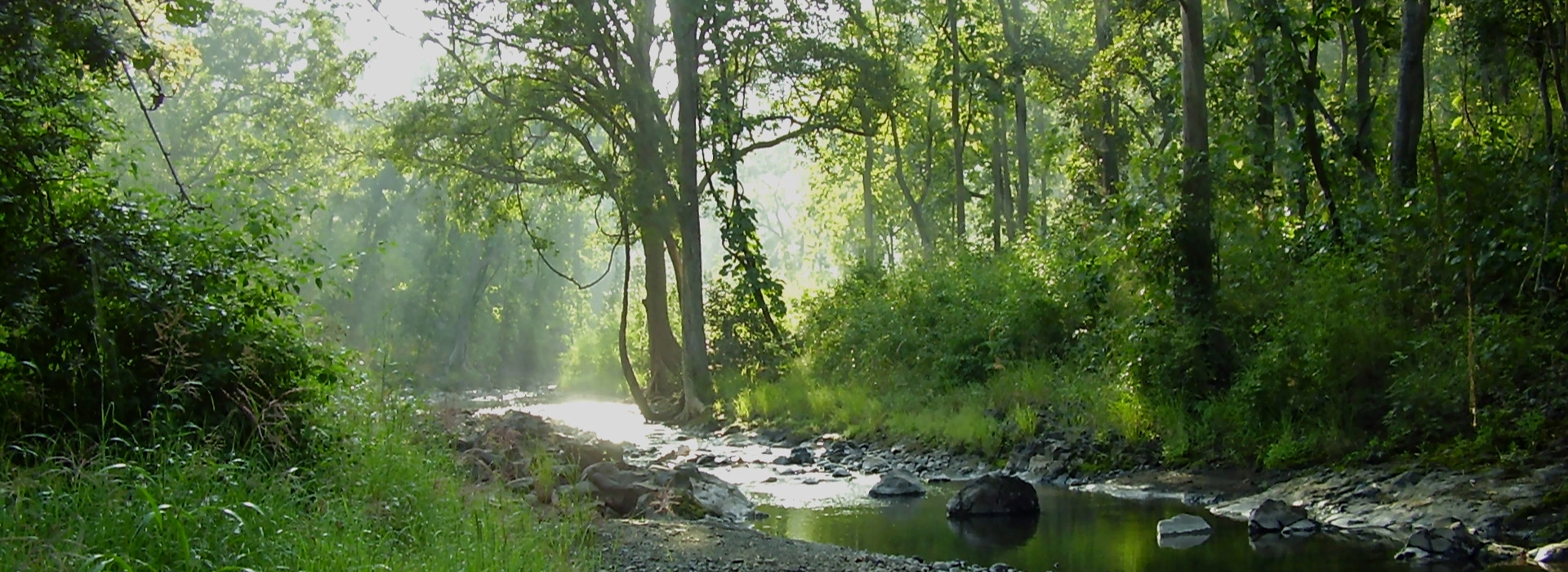
Common birds of Similipal
Similipal Biosphere Reserve’s mosaic of sal forests, grasslands, and riverine habitats supports an exceptional diversity of birdlife in Odisha’s Mayurbhanj district. Common residents include the Indian Roller, Greater Racket-tailed Drongo, Black-hooded Oriole, and Red Junglefowl, thriving amid the dense forest canopy and forest edges. Open clearings and grasslands attract species like the Crested Serpent Eagle, Green Bee-eater, and Indian Peafowl, while riparian zones provide foraging grounds for the White-throated Kingfisher, Common Kingfisher, and Lesser Adjutant Stork.
Seasonal changes bring an influx of migrants. In winter, the reserve hosts flocks of Asian Openbills, Black Storks, and various duck species in its wetlands, along with forest visitors such as the Verditer Flycatcher, Orange-headed Thrush, and Grey-headed Canary-flycatcher. Higher elevations sometimes reveal the Malabar Pied Hornbill and Emerald Dove, while the skies above are patrolled by raptors including the Crested Hawk-Eagle and Changeable Hawk-Eagle. With over 300 species recorded, Similipal offers birdwatchers an extraordinary range of sightings, highlighting its role as one of eastern India’s most vital avian habitats.
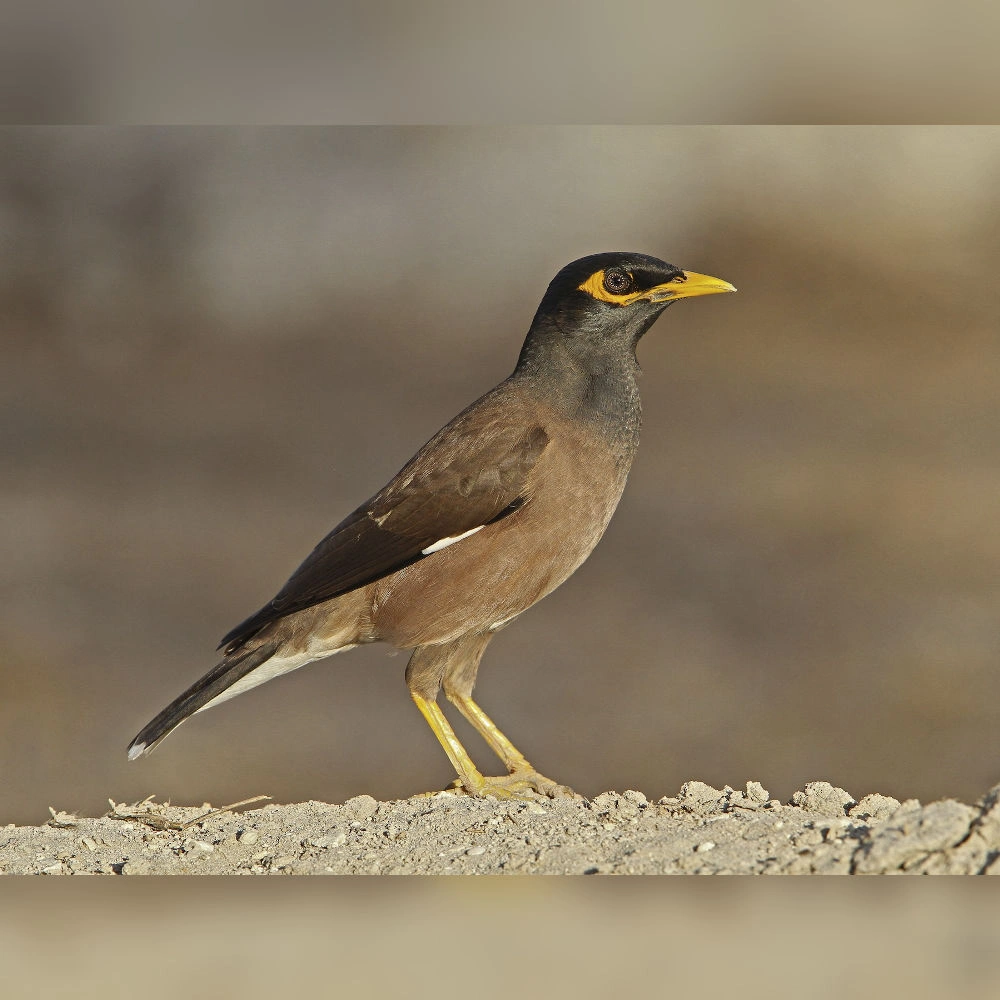
Common Myna

House Sparrow
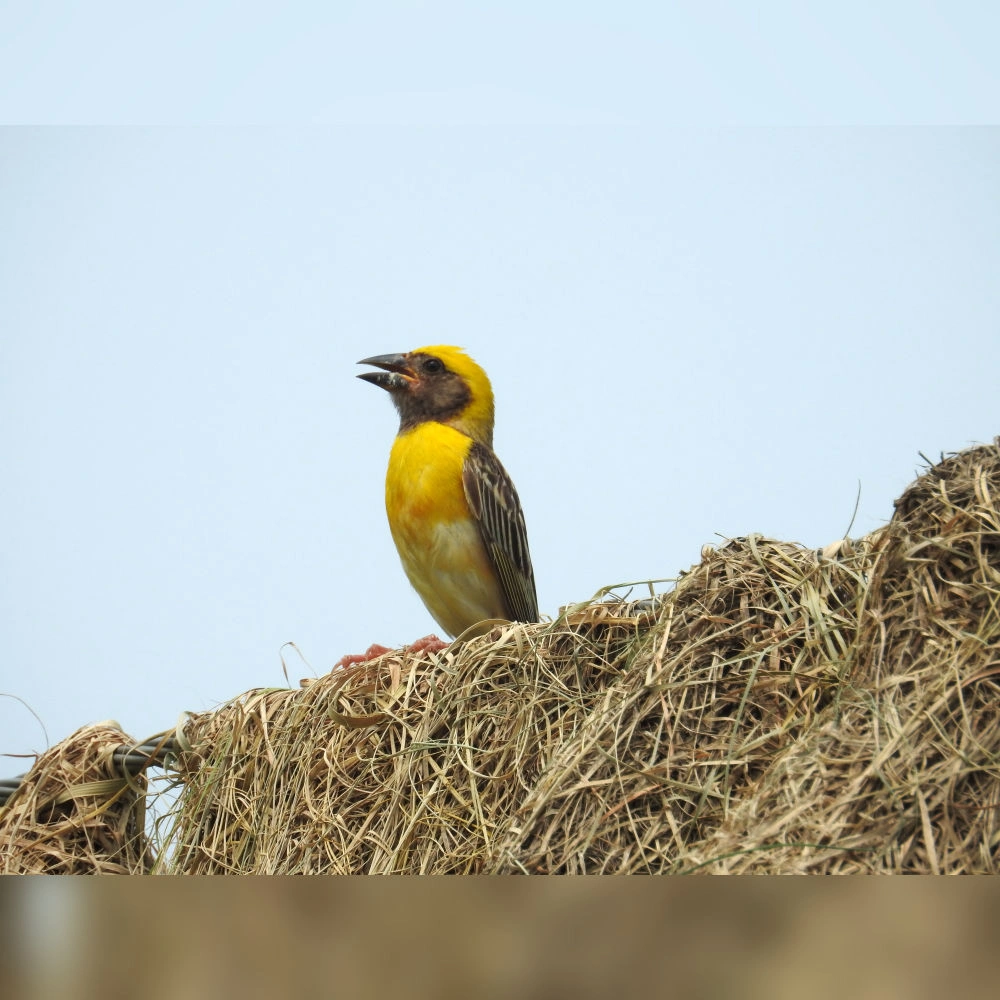
Baya Weaver
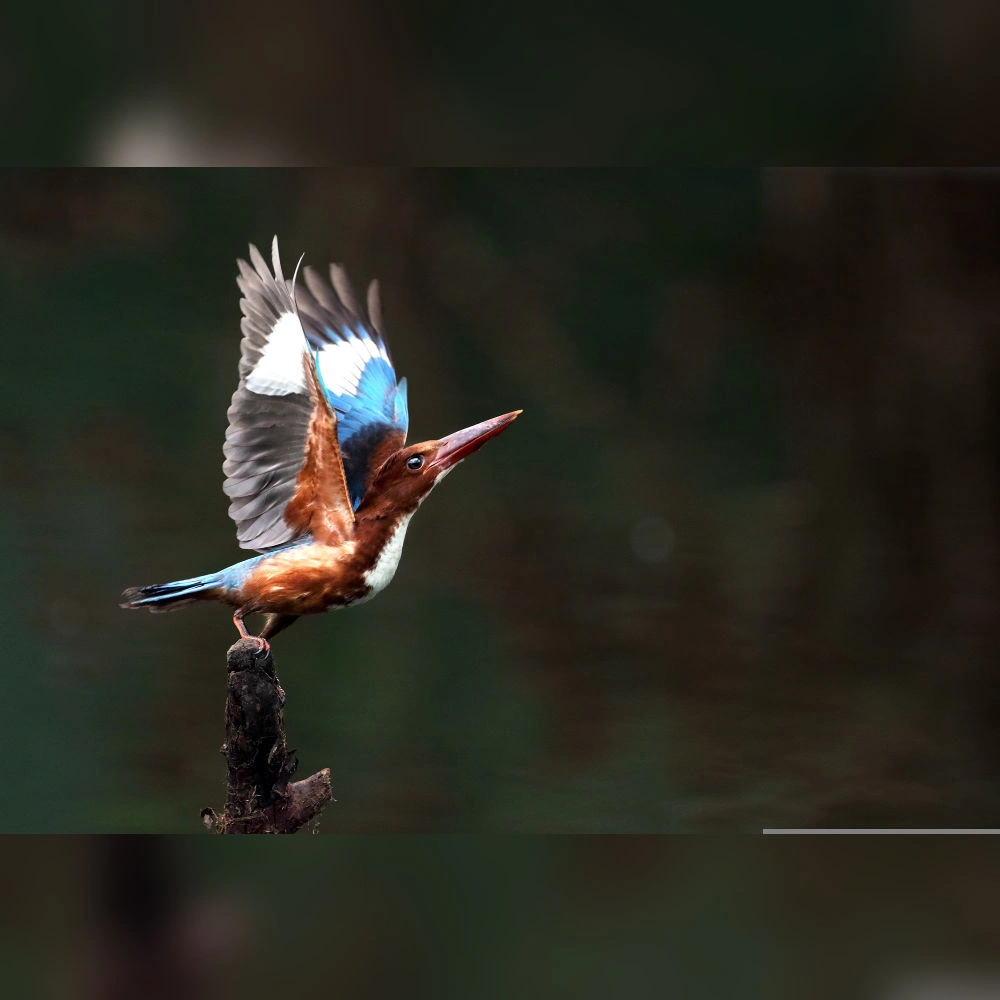
White-throated Kingfisher
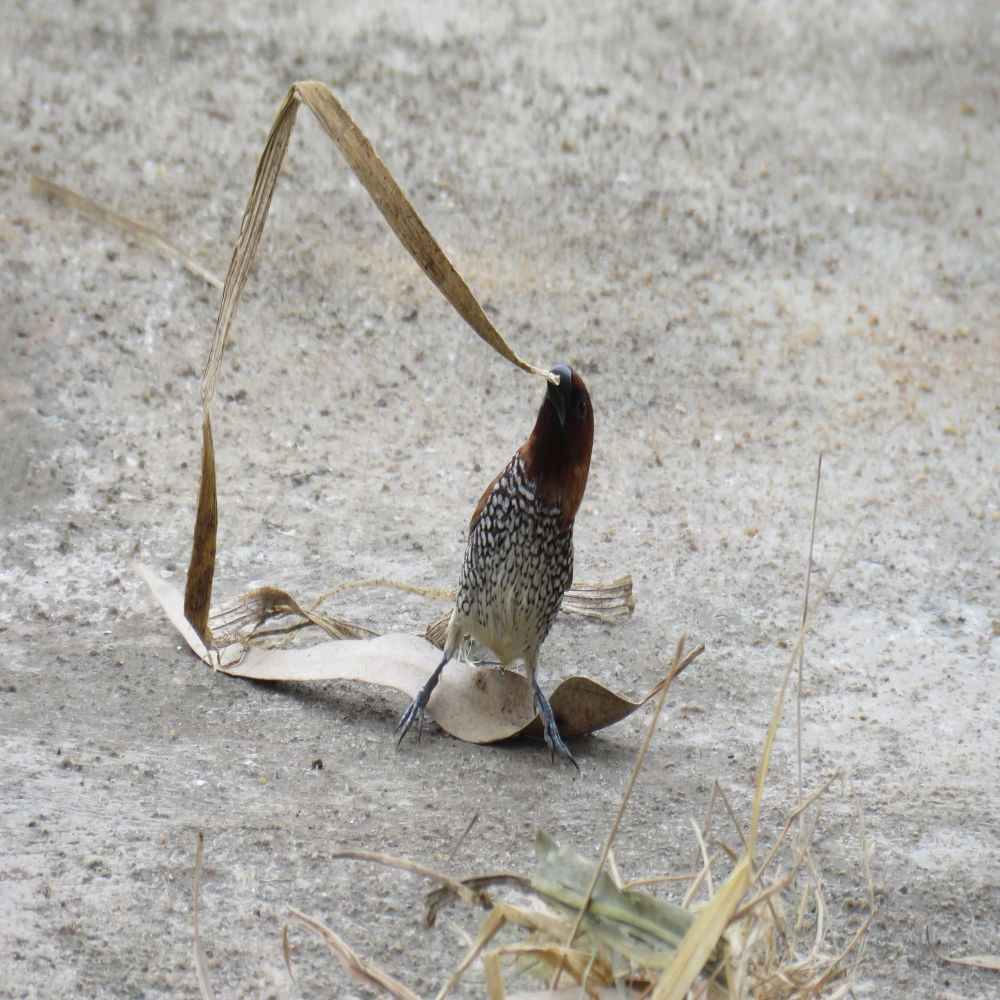
Scaly-breasted Munia
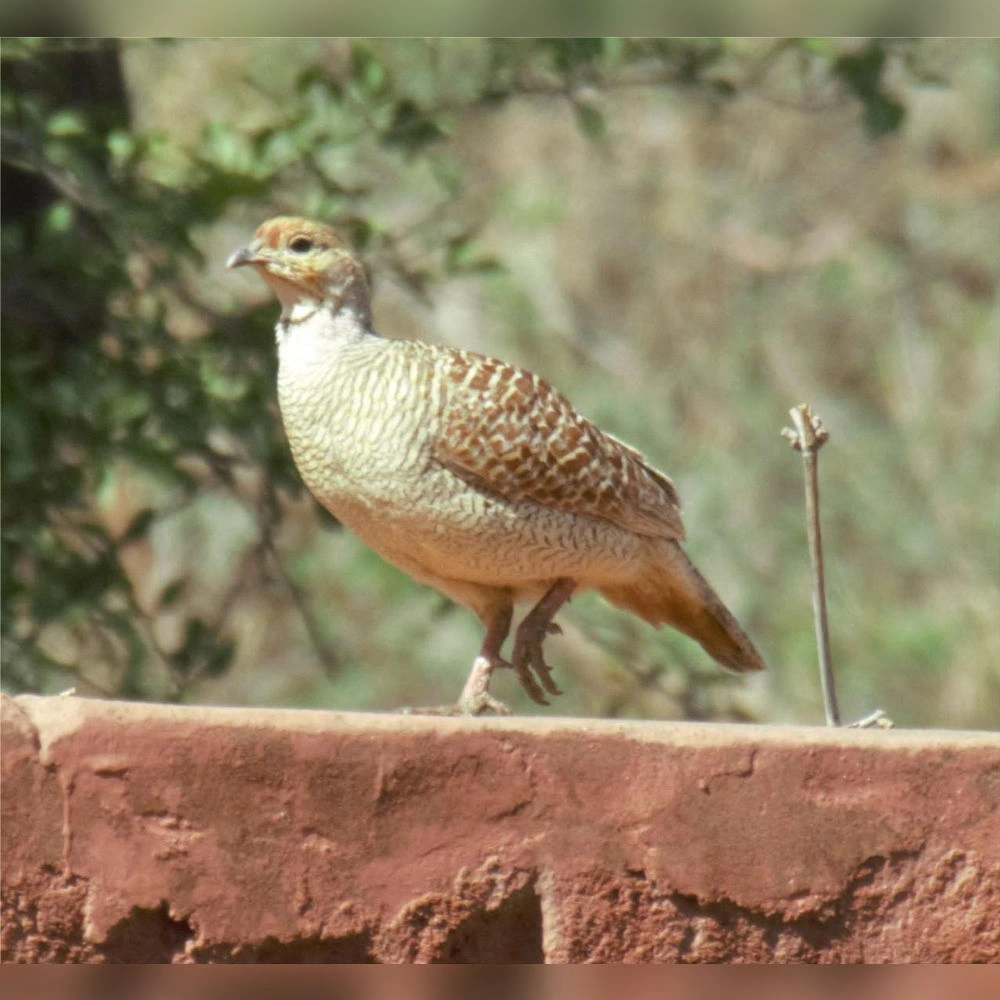
Grey Francolin
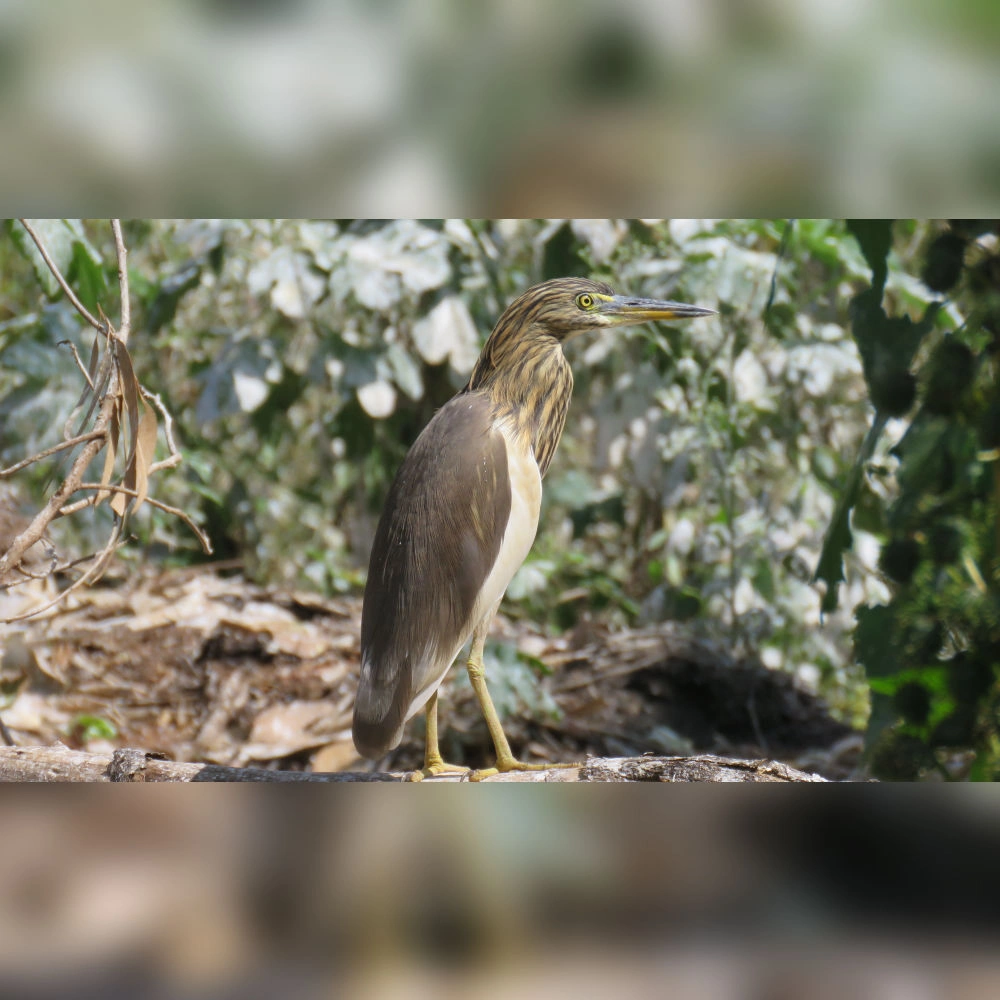
Indian Pond Heron
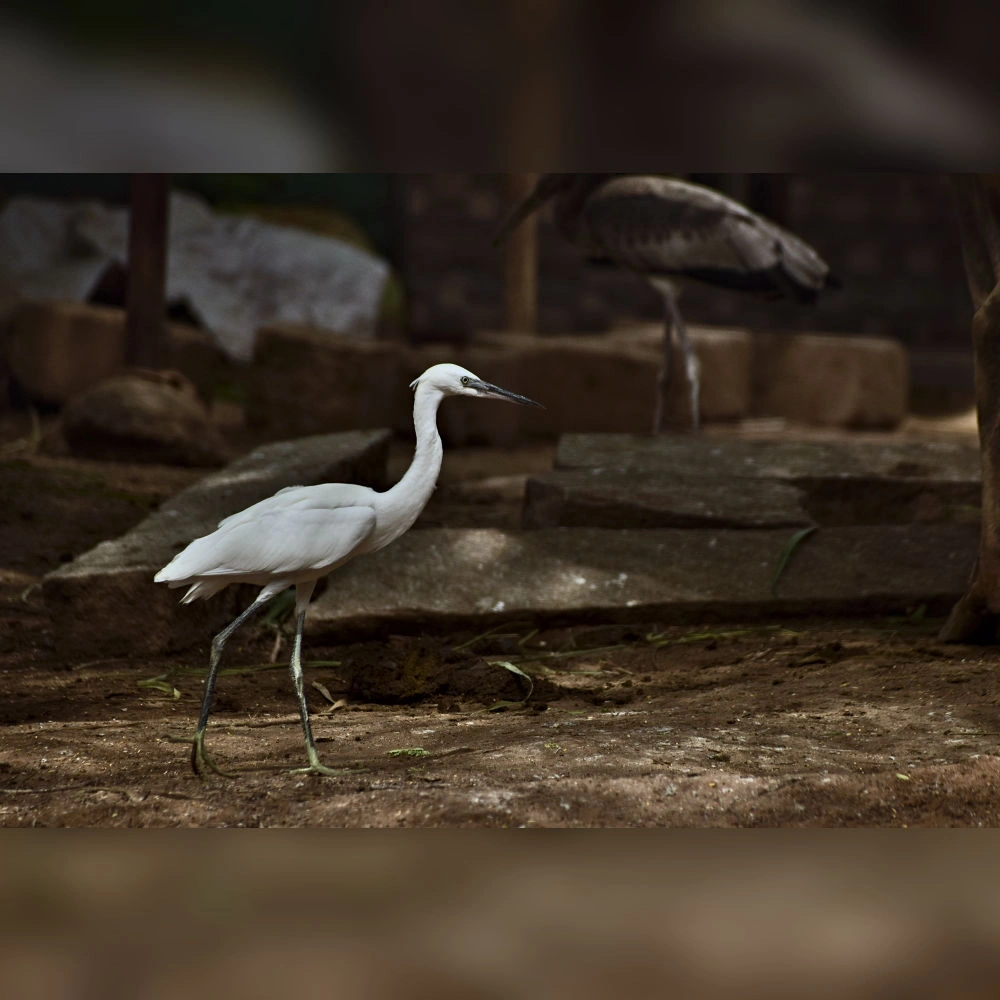
Little Egret
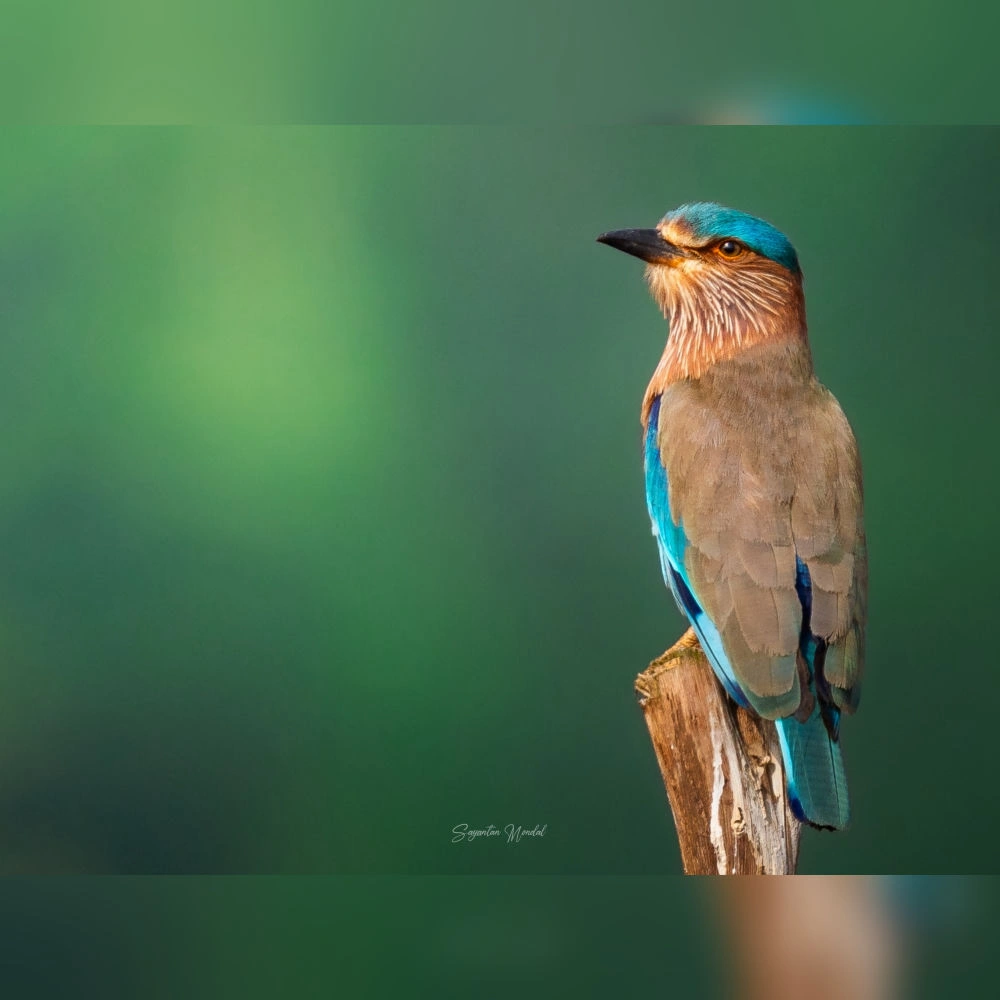
Indian Roller
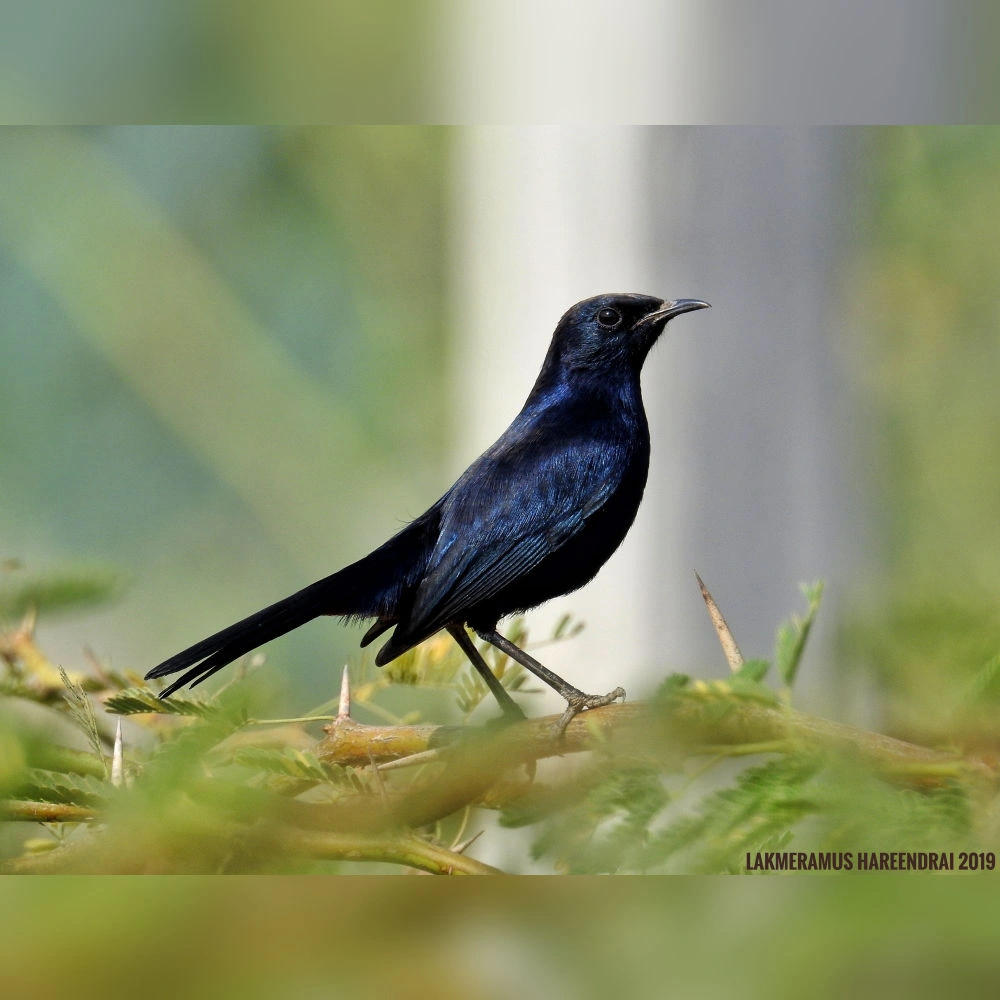
Indian Robin
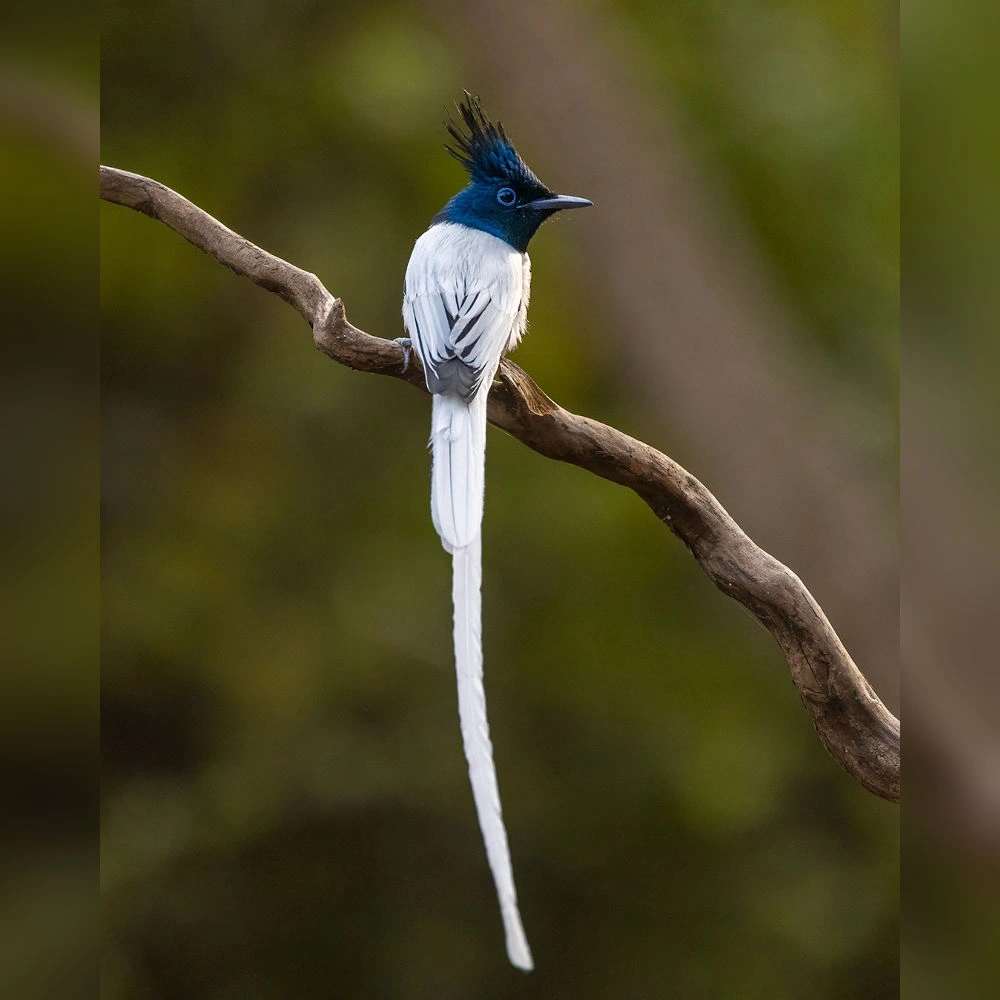
Indian Paradise Flycatcher
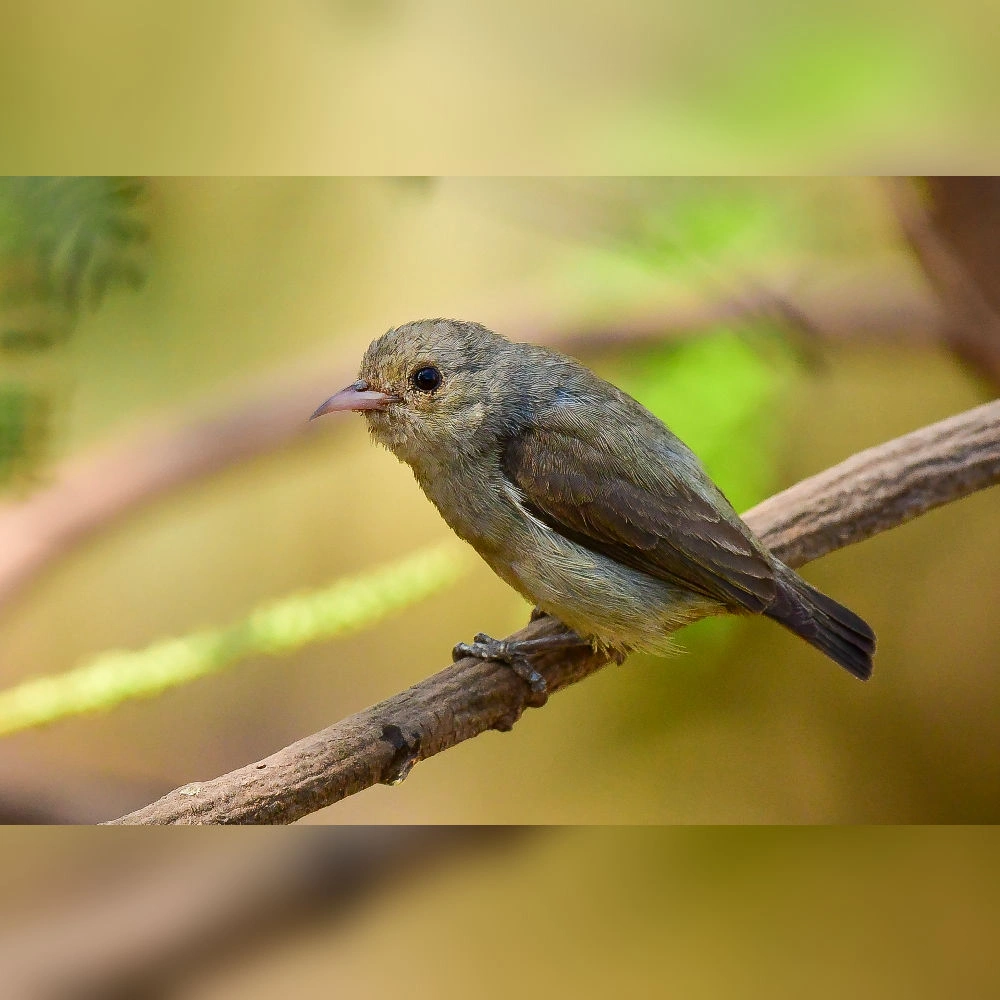
Pale-billed Flowerpecker
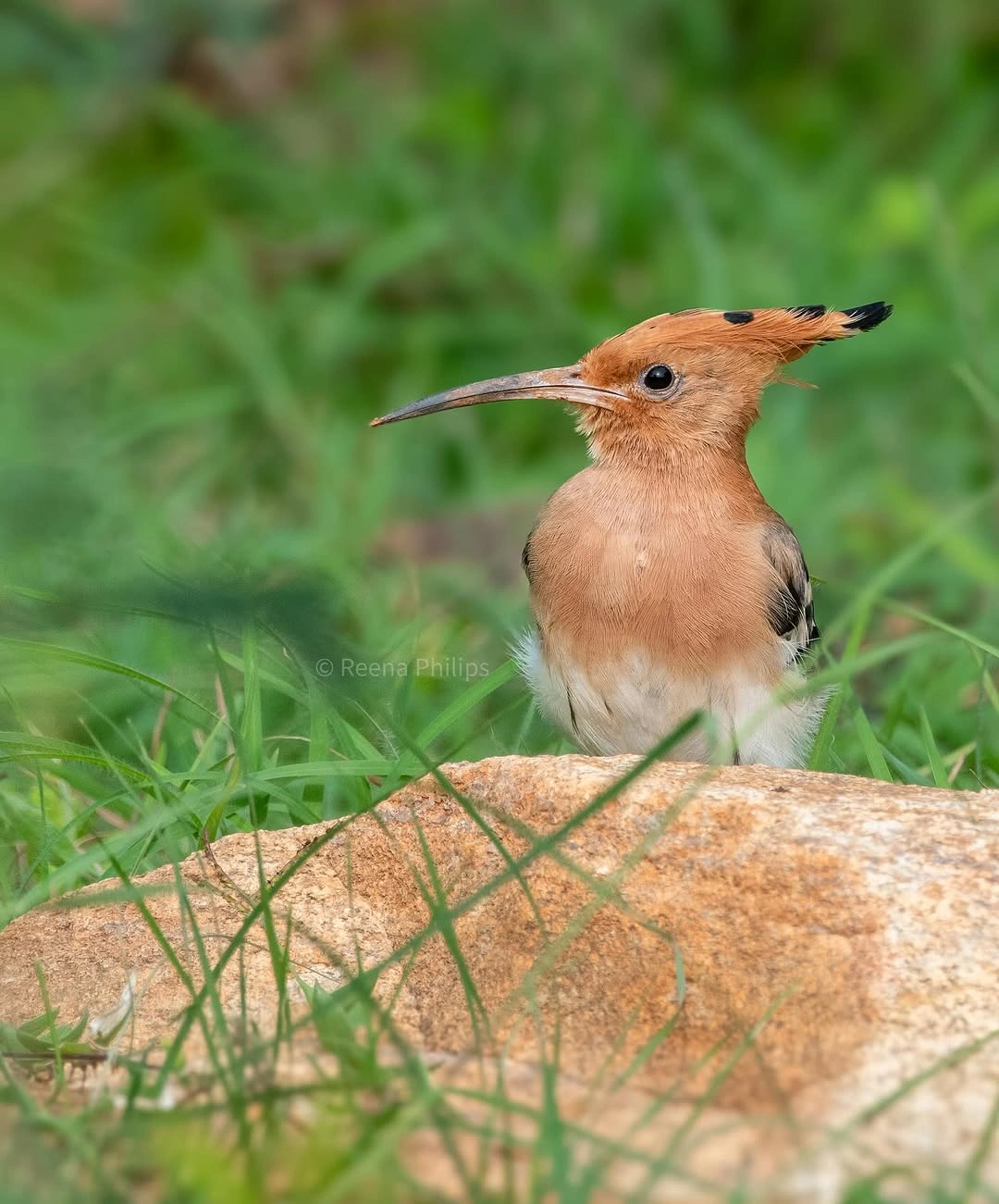
Eurasian Hoopoe
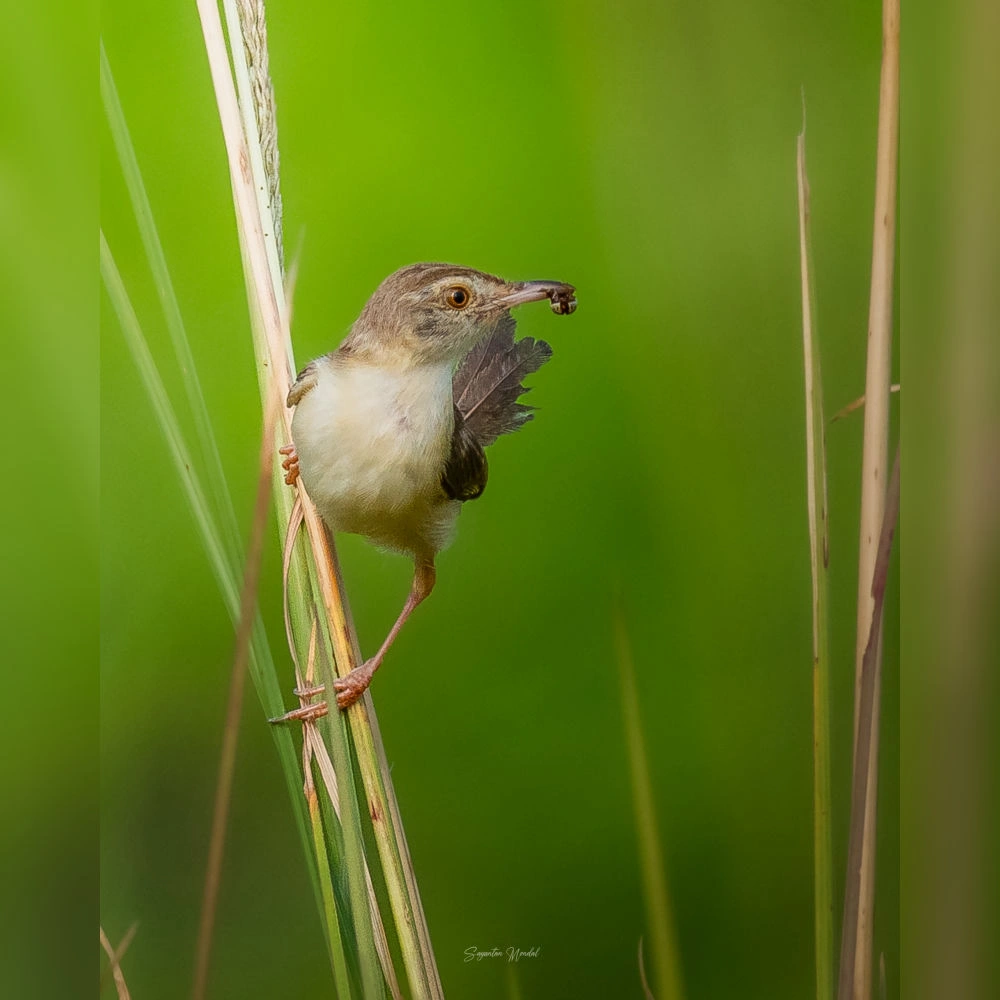
Plain Prinia
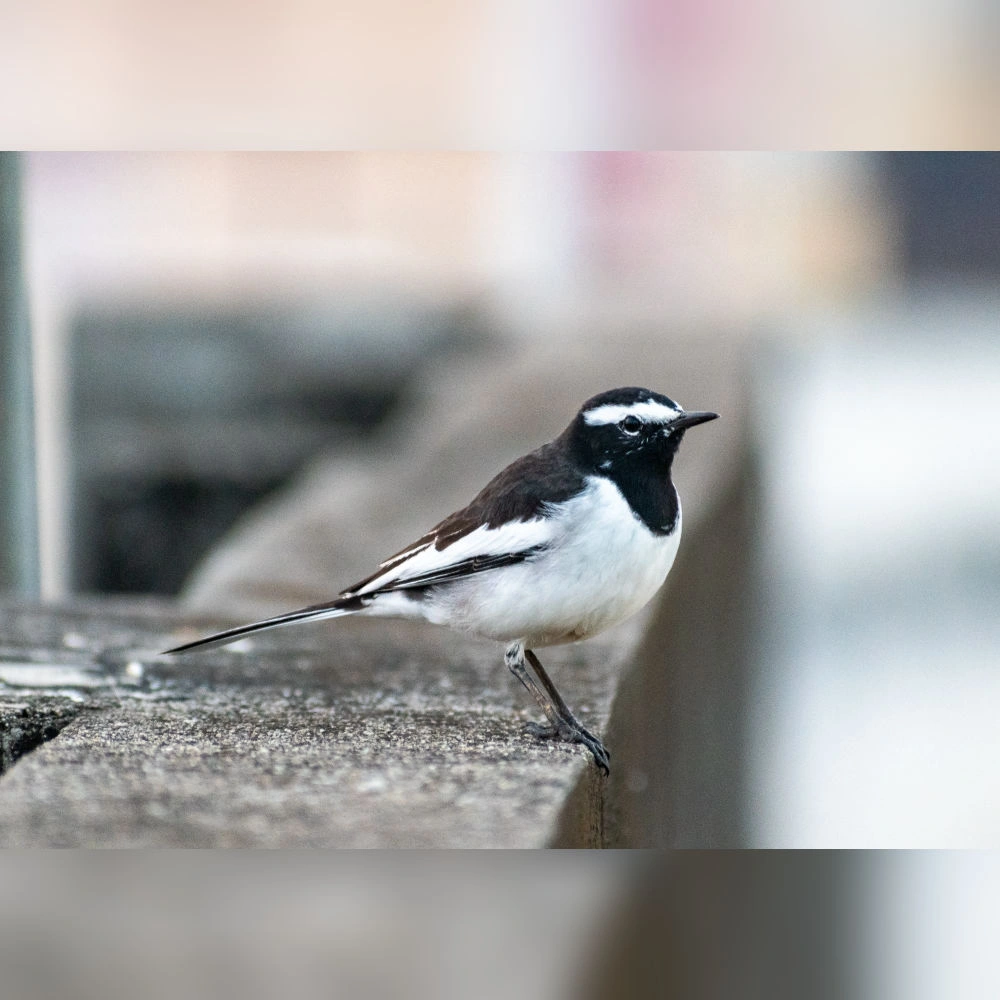
White-browed Wagtail
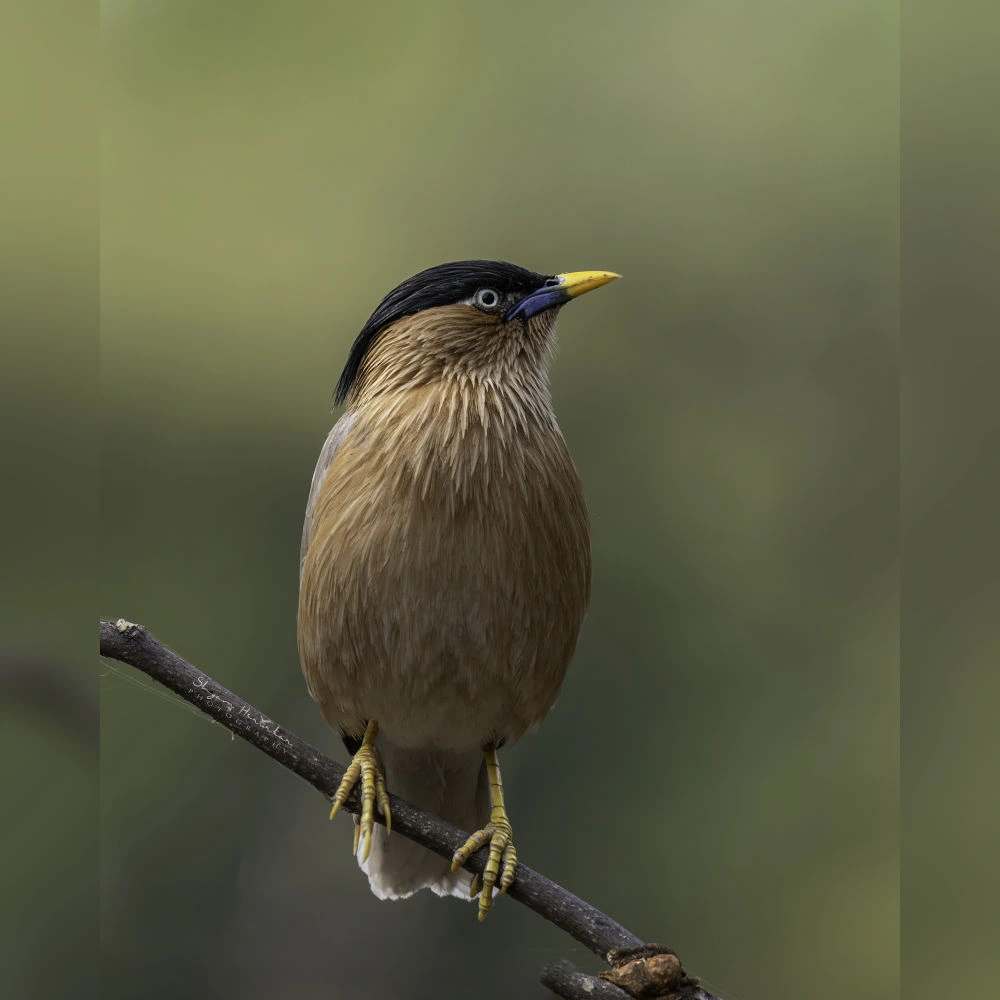
Brahminy Starling
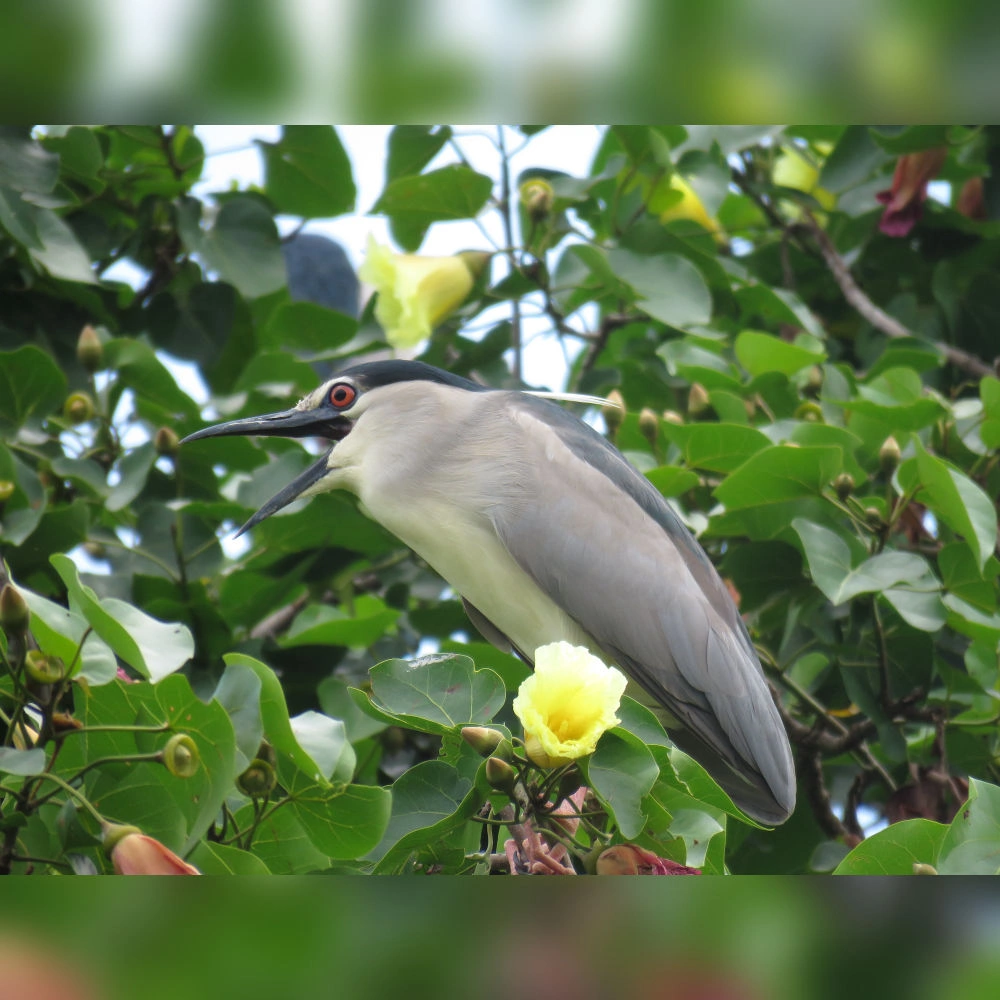
Black-crowned Night Heron
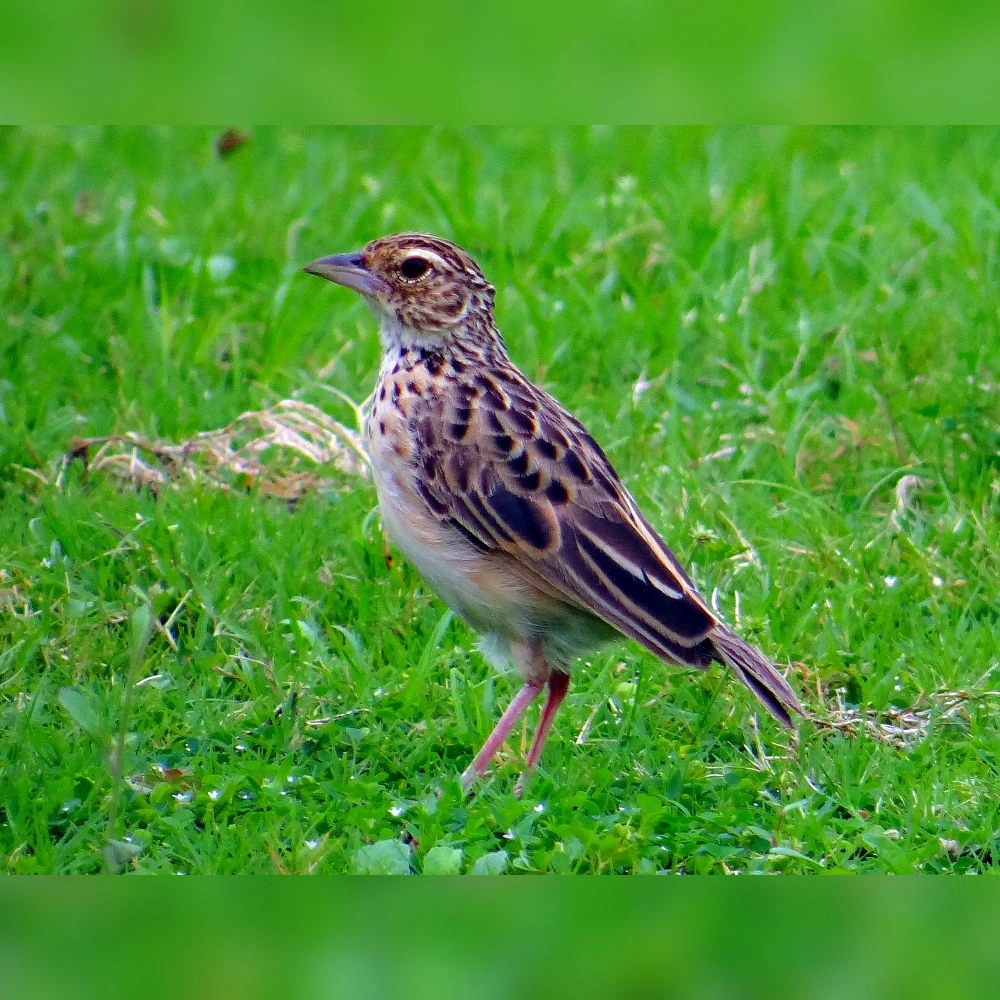
Paddyfield Pipit
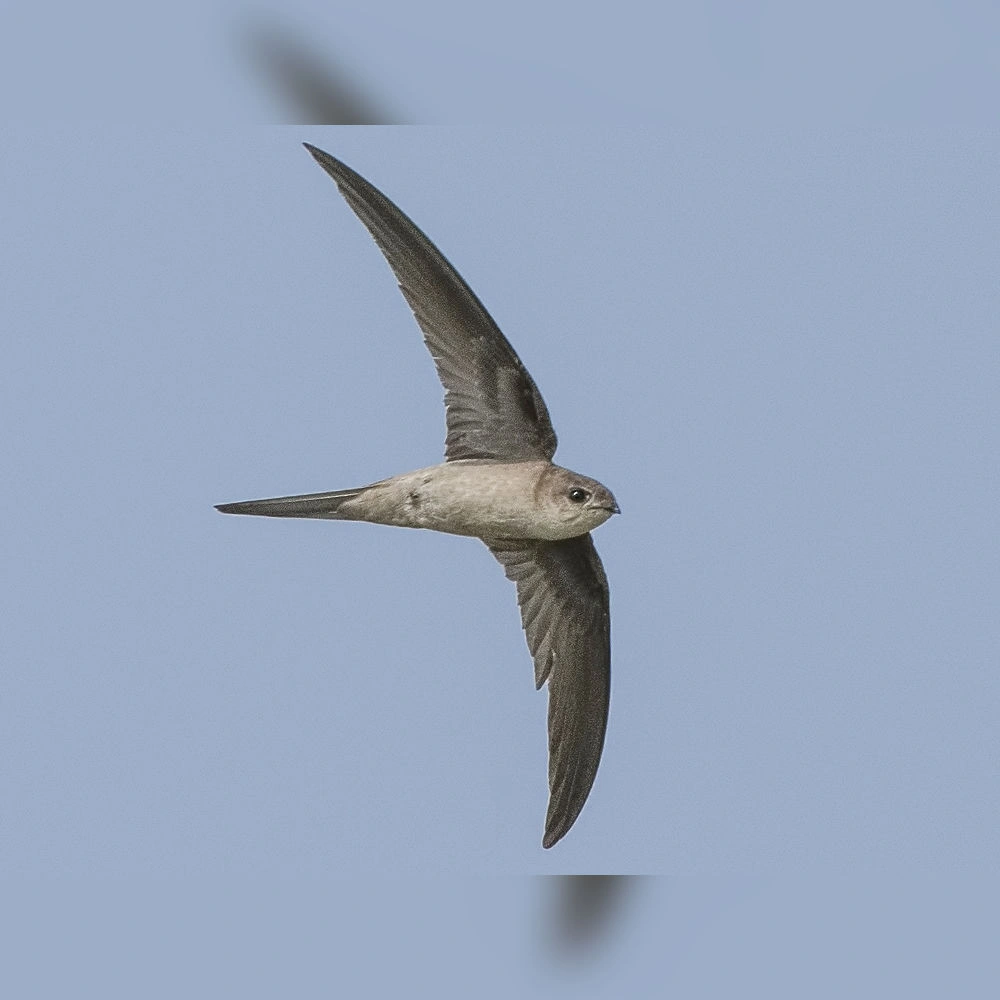
Asian Palm Swift
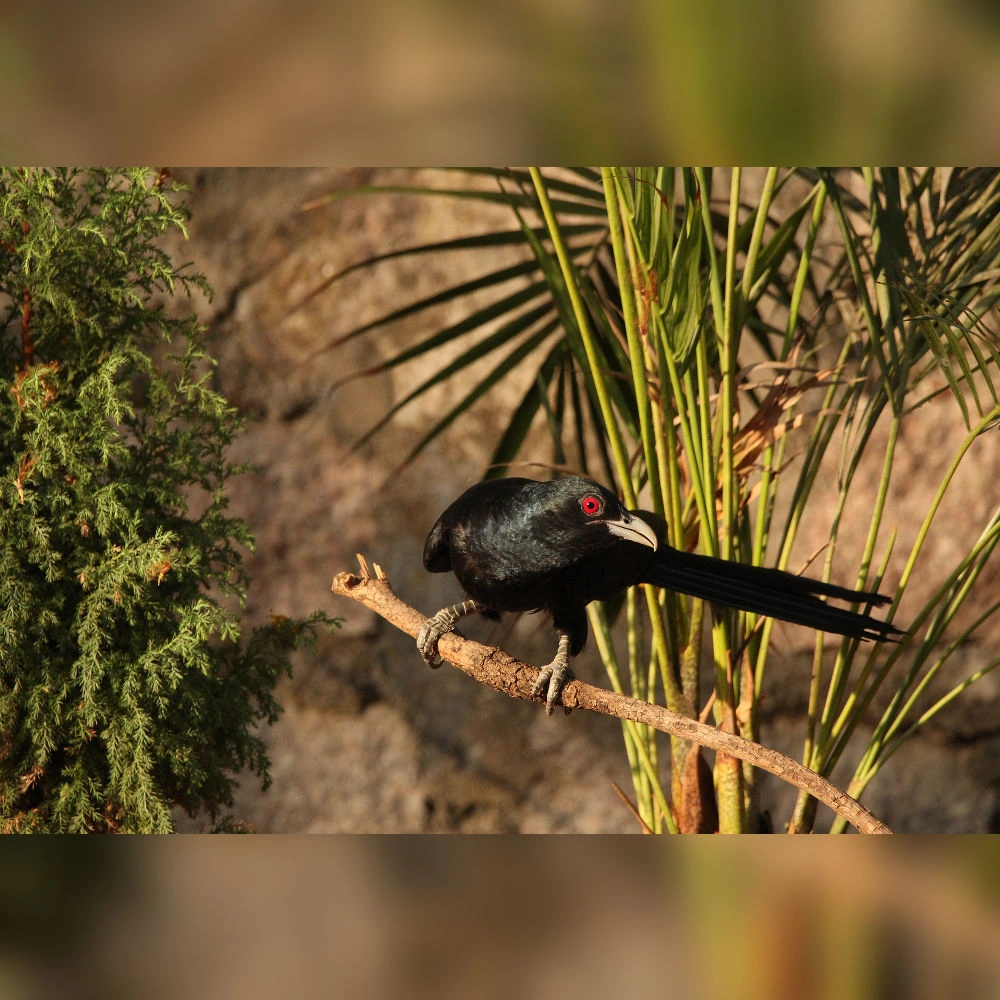
Asian Koel
Summary of Walk
The Bird Walk near Similipal in Mayurbhanj, Baripada, brought together 20 participants for an enriching day of birdwatching led by expert Barun Rajkisku. The group explored three sites around Baripada and one at Similipal Lulung, creating a diverse and rewarding experience for both beginners and seasoned bird enthusiasts.
In total, 36 species were recorded during the walk, with thrilling sightings that included a Shikra, Black-hooded Oriole, a group of Yellow-footed Green Pigeons, Strangled Drongo, and the majestic Crested Serpent Eagle. These moments offered participants a glimpse into the rich avian diversity of the region.
For many first-timers, the walk was especially valuable. They learned the basics of bird identification, observation techniques, and the joy of connecting with nature through birdwatching. The event left participants inspired and eager to continue exploring the birdlife of their surroundings.
Number of Participants
0

